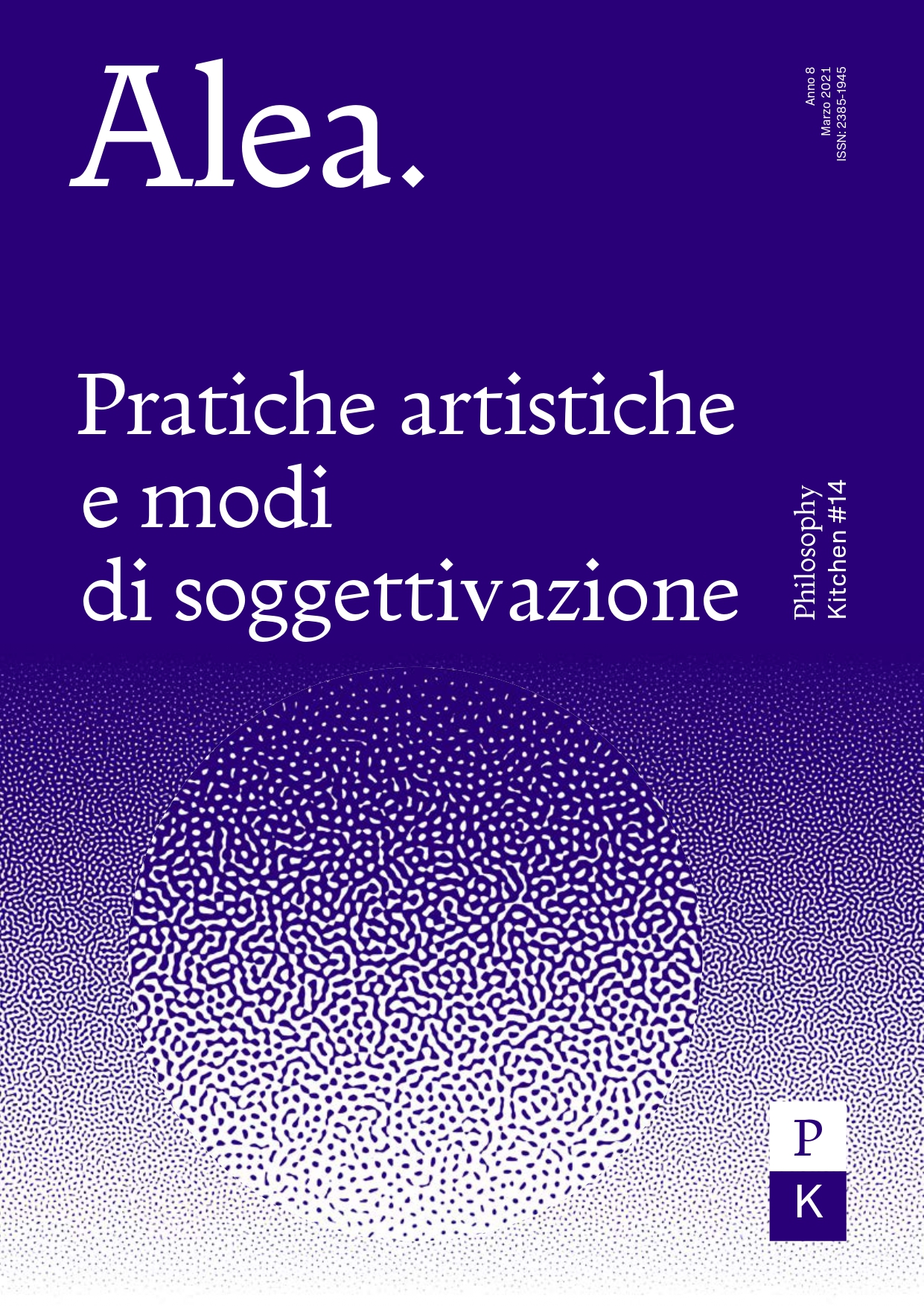(Caso) per caso. Contingency in Artistic Improvisation
DOI:
https://doi.org/10.13135/2385-1945/5869Abstract
In this article I discuss different ways in which chance can intervene in artistic practices. The thesis I propose is twofold. I. If the intervention of alea (or chance) in art is taken to its extreme consequences, it may be hard to understand whether and in what terms there is still an artistic practice at stake; and if there is actually an artistic practice at stake, then the contribution of alea (or chance) is organized, and therefore, in a sense, culturally tamed. II. For the purposes of developing a philosophy of art, the improvisation approach to chance is the most sustainable, fruitful and convincing one in order to show the ability of art to shape disorder by interacting with contingency (the unexpected). III. In improvisation this interaction with chance is articulated in an artistic “grammar of contingency” and can be understood in two different, complementary ways: in an emphatic sense (a), it is an interaction with an unexpected emergency; in a more minimal sense (b), it is the interaction with the specific situation in which the improvisation takes place.





